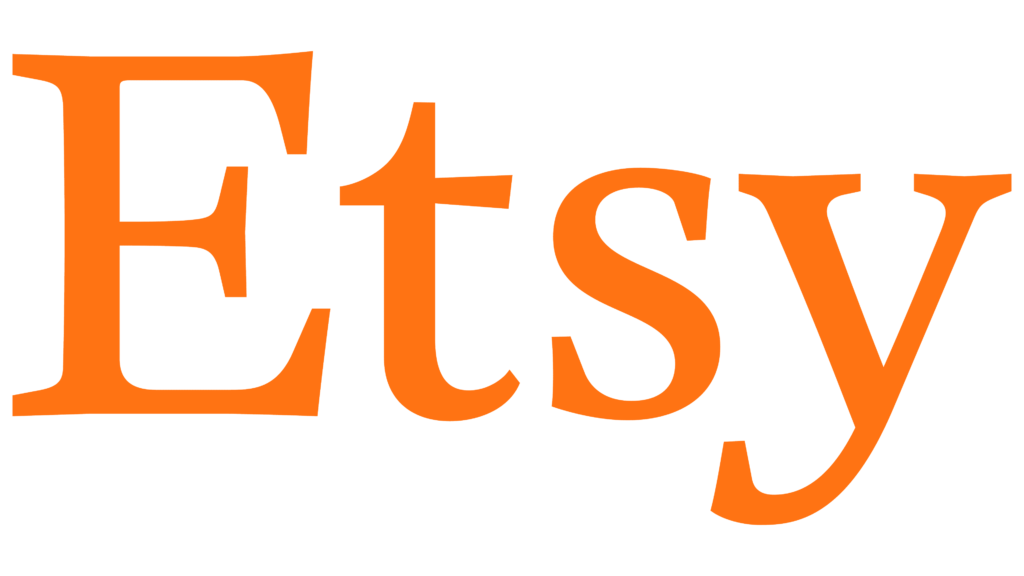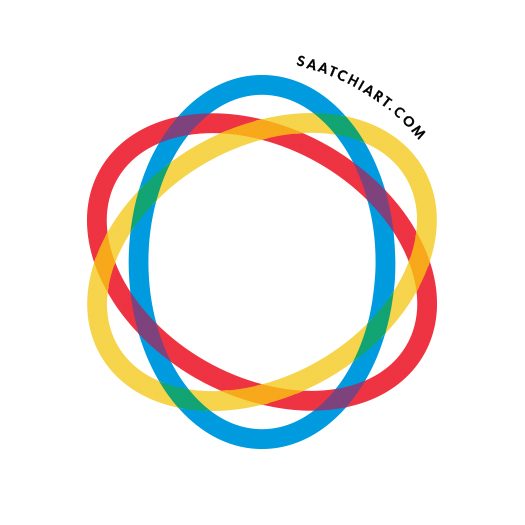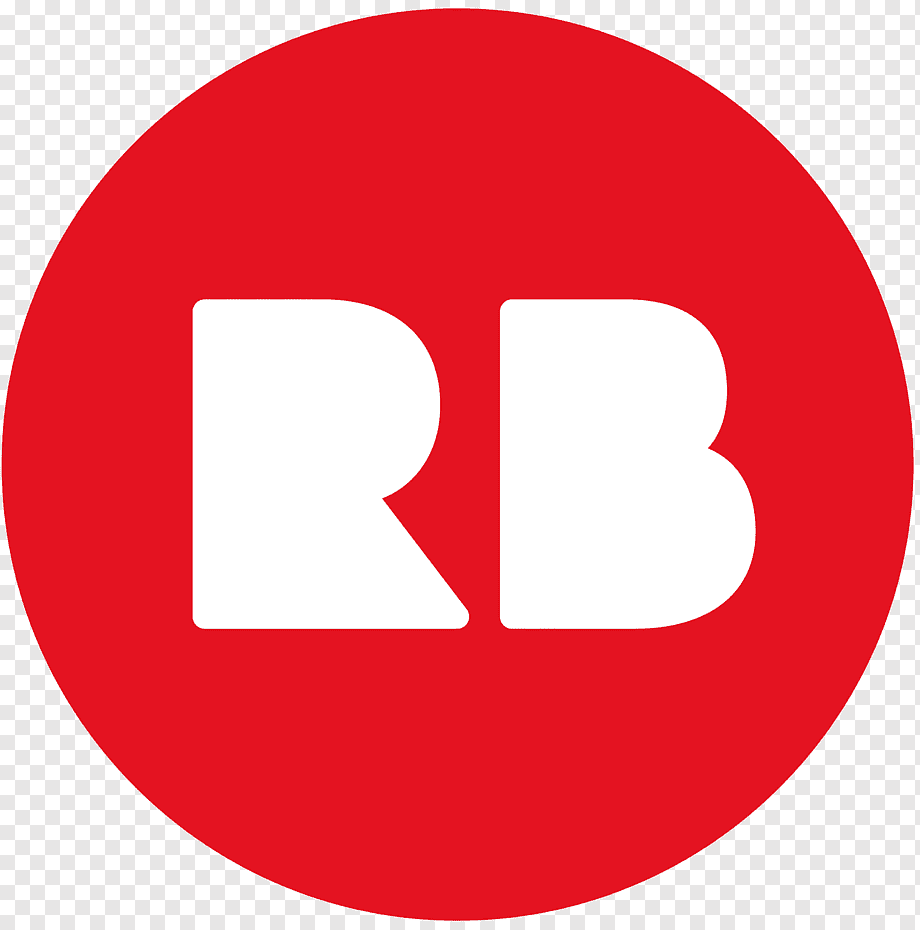Ah, the 21st century: a magical time when artists no longer need to starve in garrets, beg for gallery representation, or schlep their work to local art fairs hoping someone with a debit card and questionable taste will stop by. Now, thanks to the digital gods of the internet, your art can reach global audiences without you ever leaving your studio (or your bathrobe).
But with so many platforms out there promising fame, fortune, and followers, how do you know where to sell your masterpieces? Fear not, fellow creative, for we’ve assembled a lovingly sarcastic guide to the top art ecommerce companies that might actually help you make money doing what you love—without losing your mind (or your stylus).

1. Etsy: Where Handmade Meets Massively Competitive
Etsy is the granddaddy of art ecommerce—like the farmer’s market of the internet, but with slightly fewer herbs and more hand-carved deer skulls. It’s the go-to place for artists, crafters, and people who think “macrame” is a business plan.
Pros:
-
Huge audience of art-hungry buyers.
-
Easy-to-use interface.
-
Great for artists with a handmade vibe or a quirky niche.
Cons:
-
Fees stack up faster than dirty paintbrushes.
-
You’re one of about 3 million shops selling “unique” art prints of mushrooms and moons.
Still, Etsy remains one of the top art ecommerce companies simply because it works—if you’re willing to treat it like a part-time job and develop an unhealthy obsession with SEO.

2. Saatchi Art: For the Fancy Pants Among Us
Want your art to rub digital elbows with gallery-quality work from around the world? Saatchi Art might be your jam. Think of it like an online gallery, but with fewer wine-and-cheese openings and more shipping nightmares.
Pros:
-
Curated, high-end vibe.
-
Saatchi handles shipping (sort of like a helpful aunt who also critiques your brushwork).
-
Artists keep 65% of the sale price.
Cons:
-
Very competitive.
-
You may have to wait a while before your first sale unless you’re a wizard of marketing or your paintings come with a free espresso machine.
If you’re aiming to be taken seriously by collectors with actual wallets, Saatchi Art earns its place among the top art ecommerce companies.

3. Redbubble: Art Meets T-Shirts and Shower Curtains
Redbubble is the place where your art becomes everything from a sticker to a bath mat. If you’ve ever dreamed of seeing your painting of an existential penguin on a coffee mug, your moment has come.
Pros:
-
Super easy to set up.
-
You don’t deal with printing, packaging, or customer service (praise be).
-
Global audience of people looking for “quirky” home décor.
Cons:
-
Royalties are… not exactly bank-breaking. Think “coffee money” rather than “retire early.”
-
Your penguin may be competing with 7,000 other penguins, including a suspiciously similar one.
Still, Redbubble is one of the top art ecommerce companies for artists who want to dip a toe into passive income (or just love seeing their work on yoga mats).

4. Shopify: For Artists Who Also Want to Be CEOs
Shopify is less a marketplace and more your own personal art empire. It’s a full-on ecommerce solution that says, “Why yes, I am a businessperson, thank you very much.”
Pros:
-
Total control over branding, pricing, and presentation.
-
Great for scaling up and growing a loyal audience.
-
Integrates with everything from Instagram to email newsletters.
Cons:
-
Monthly fees.
-
You do everything yourself (cue nervous laughter).
If you’re ready to build your own online art store with a “real business” vibe, Shopify is without question one of the top art ecommerce companies—especially if you don’t mind learning phrases like “conversion funnel” and “abandoned cart recovery.”
5. Fine Art America: The Buffet of Art Selling
This site is like a golden corral of art ecommerce: a little bit of everything, with the occasional weird surprise. Fine Art America lets you sell prints, originals, and your work on every surface known to man, from tote bags to tapestries.
Pros:
-
Easy setup and lots of product options.
-
Decent customization.
-
Built-in marketplace plus tools to build your own site.
Cons:
-
Your work might get buried under a tsunami of lighthouses, puppies, and motivational quotes.
Despite the chaos, Fine Art America earns its spot on the list of top art ecommerce companies thanks to its broad reach and “why not?” ease of entry.
6. Artfinder: Like Online Dating for Original Art
Artfinder is all about original work—no mass-produced prints here. If your art has soul, grit, and preferably a price tag above $200, this might be your digital match made in heaven.
Pros:
-
Focus on original, handmade art.
-
Supportive of independent artists.
-
Ethical marketplace vibes (aww).
Cons:
-
Must apply to join (gulp).
-
You better have strong photos and a story to tell.
It may be more boutique than behemoth, but Artfinder is a favorite among painters and printmakers, earning it a well-deserved place on the list of top art ecommerce companies.
Final Thoughts: The Digital Gallery is Open
So, which of the top art ecommerce companies should you commit to like a canvas you accidentally spilled wine on but are now emotionally invested in?
The answer depends on your art, your audience, and your tolerance for learning what a “conversion rate” is at 2am. Many artists succeed by starting on one platform and branching out as their skills—and sanity—grow.
Whichever route you choose, remember: it’s not just about making money (though that’s a nice bonus). Selling your art online means sharing your weird, wonderful vision with the world. And if someone in Wisconsin wants to buy a shower curtain with your haunted raccoon painting on it? That’s a win.
Now go and upload some JPEGs, and join the glorious ranks of artists navigating the wild, wild web of the top art ecommerce companies.














